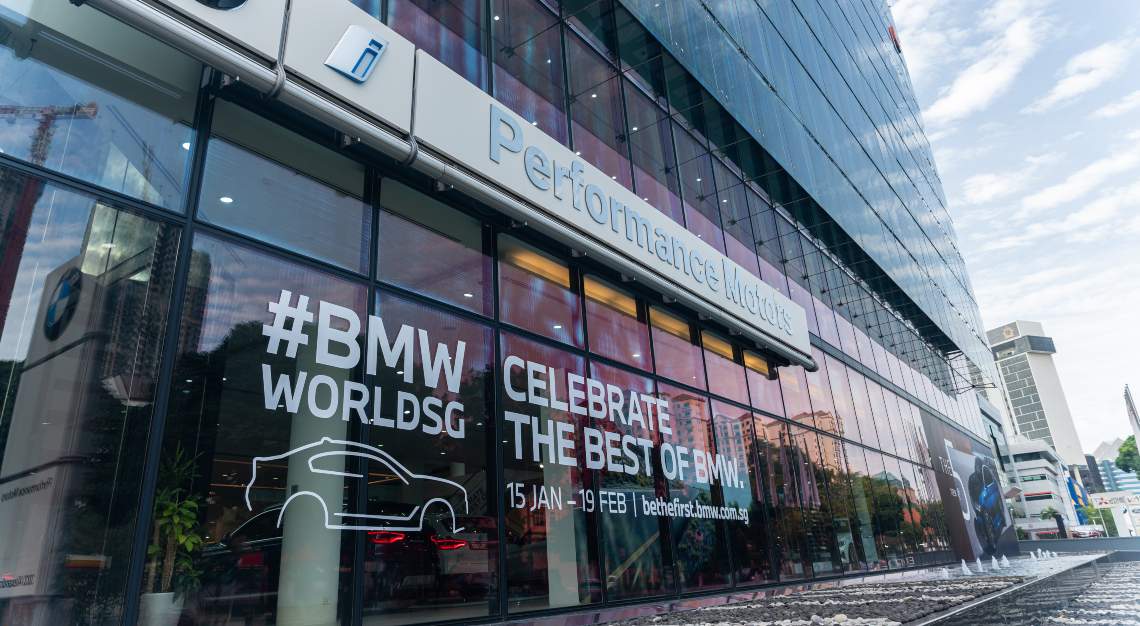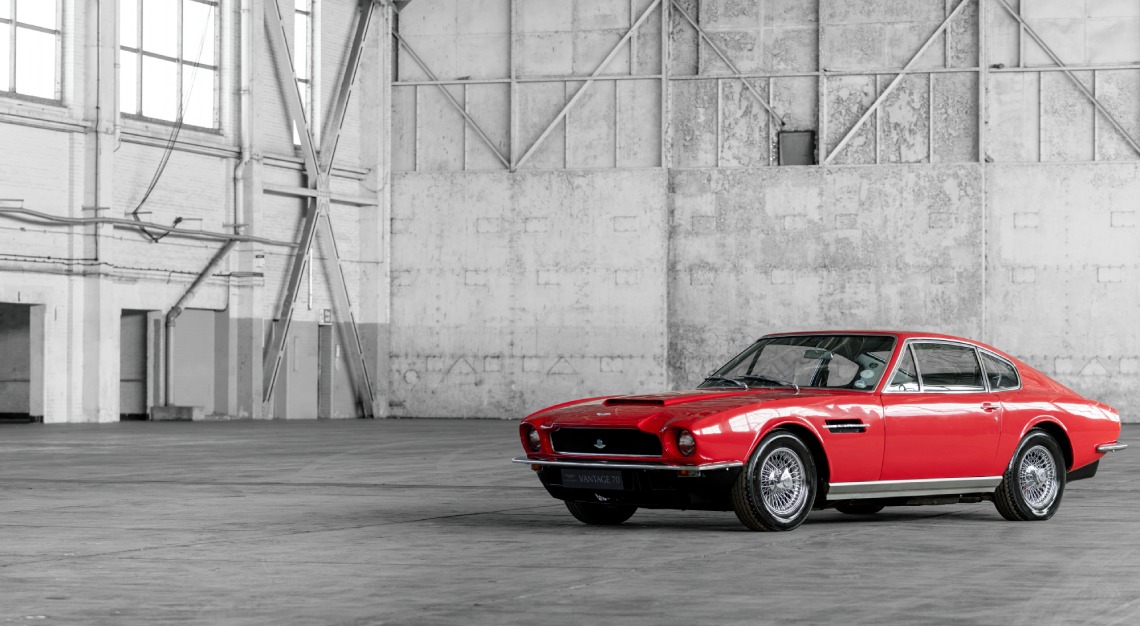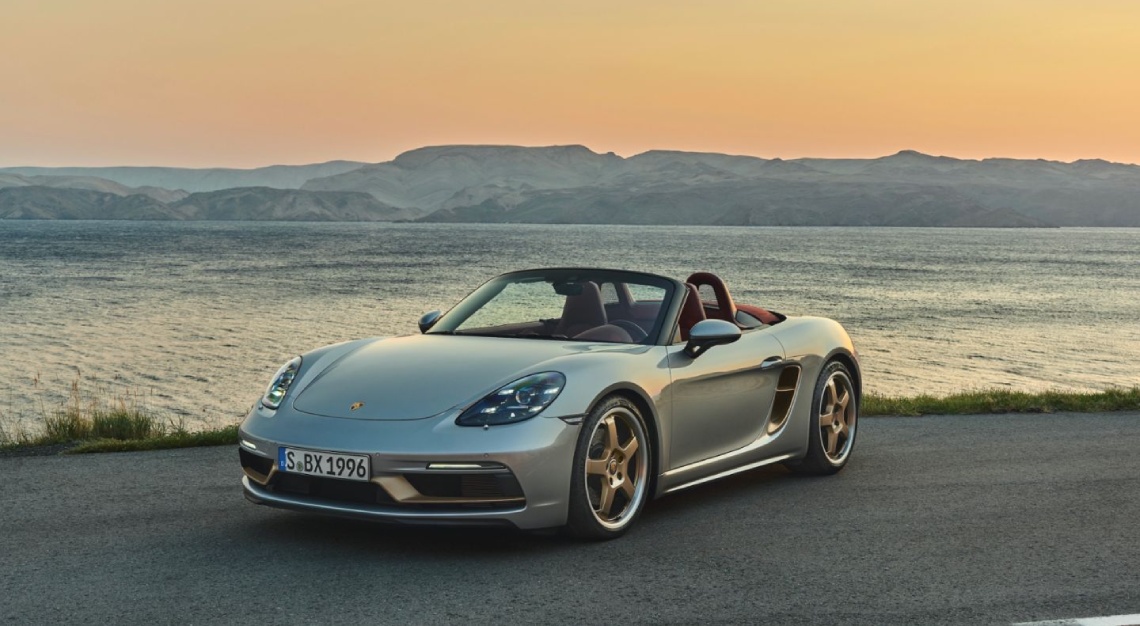Beyond the thrill of speed and the roar of its engines, Porsche’s most precious gift to motoring fans is its ability to make them believe in love at first sight
It is hard to remember a time before the Porsche 911 existed. Although there is one, obviously—the car was released in 1963 and celebrated its 60th anniversary last year—the 911’s sheer omnipresence evokes a sense of timelessness that makes us feel as if the car has been with us all our lives.
“The term (timelessness) provides me with guidance for what the Porsche brand has represented for many years and what we aim to communicate in the future,” said Michael Mauer, Porsche’s chief designer, in an interview to commemorate the 911’s diamond jubilee. “In a world full of explanations, design should be self-explanatory.”
In other words, nothing can adequately describe the feelings of delight and desire when encountering a Porsche. And it is a visceral emotion that the German marque has stirred in motoring enthusiasts the world over since 1948, when it released the Porsche 356, its first automobile.

To Porsche’s credit, the immediate recognition that the 356 elicits isn’t a one-off. It has permeated through the decades, across every model that rolls out from its plants. The 718, 911, Taycan, Panamera, Macan and Cayenne are all the definitive sports cars in their segments—and instantly capture the attention with their distinctive Porsche design DNA.
A Commitment To Aesthetics
“There are four or five features that are part of the brand identity. The trick is not merely to incorporate these elements, but also to suitably reinterpret them in each model,” said Mauer. He joined Porsche 20 years ago and managed the design development process of the Panamera as his first project. Since then, Mauer has overseen the introduction of the Cayman, Macan and Taycan models, and is also behind the design of every 911 model. Recalling his experience designing the Panamera, which was launched in 2009, Mauer remembered feeling that “the world did not need yet another conventional saloon at that point”. Yet, even as he sought to redefine the luxury sports sedan, Mauer preserved Porsche’s design tenets.
Hence, Porsche fans still find the marque’s signature dynamic lines and sloping roof—known as the flyline—the low and wide stance, and unmistakable Porsche headlights on the Panamera. Yet, it had a quality of design malleability that surprised Porsche’s discerning clientele, such as its fastback body style with a sleek, elongated silhouette.

But lest one is mistaken, Porsche’s inimitable design spirit isn’t born solely from philosophical ideals. Strategic smarts, manufacturing prowess and technological innovations contribute to the company’s rigorous design process. Mauer leads a team of almost 150 designers, model designers and computer-aided design specialists at Porsche’s design studio in Weissach. Yet, even as his team makes use of digital tools such as CAD and Virtual Reality in the design process, Mauer insists on sticking to traditional formats such as sketching and clay modelling to bring their designs to life.
Porsche’s design development process has evolved over the years and, with the advent of new technologies and sustainability directives, will help the company navigate the future. Demonstrating this is Mission X, a reinterpretation of a hypercar that Porsche unveiled to mark its 75th anniversary last year. The concept car boasts a sleek, sculptural silhouette that is emblematic of Porsche, as well as Le Mans-style winged doors that open up and forwards, and is driven by a high-performance electric powertrain.

Uniting Porsche’s rich motorsport heritage and electrified future, Mission X is still a prototype, said Mauer, but is convinced that it “has allowed us to open a window to the future”. He added: “It was important to us to provide the car with a clear visual message: ‘I’m more than just a hypercar. Motorsport is in my genes’.”
Mauer once cited “proportion” and the car’s ability to convey “a feeling of rock-steady strength” as design priorities. But above all, he wants to be swept away by the feeling of falling in love at first sight with every car that bears the iconic Porsche crest.
“For us, it’s always about creating irresistible design,” he said. “In the world of design, that’s the be-all and end-all.”






